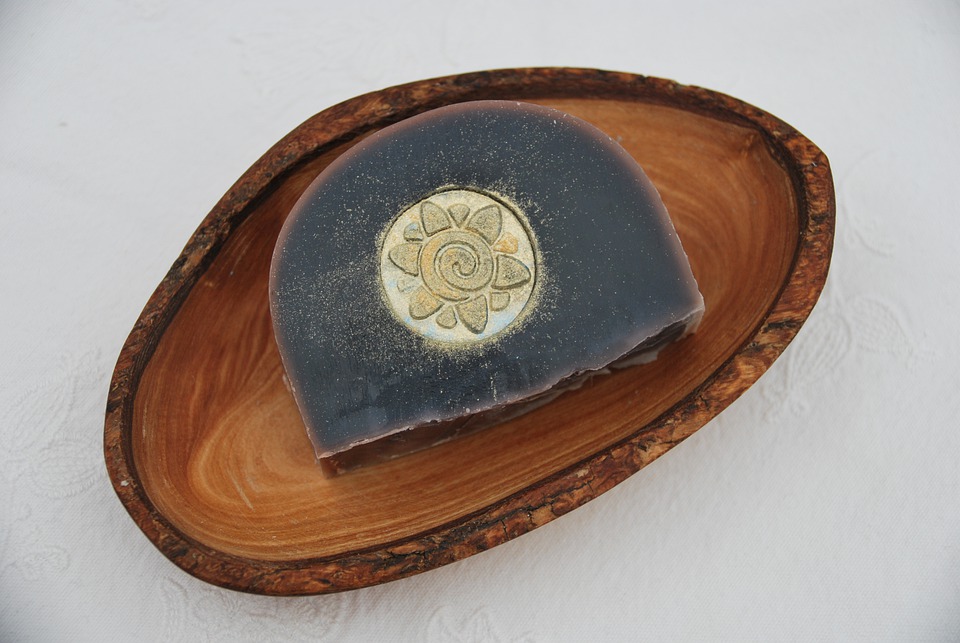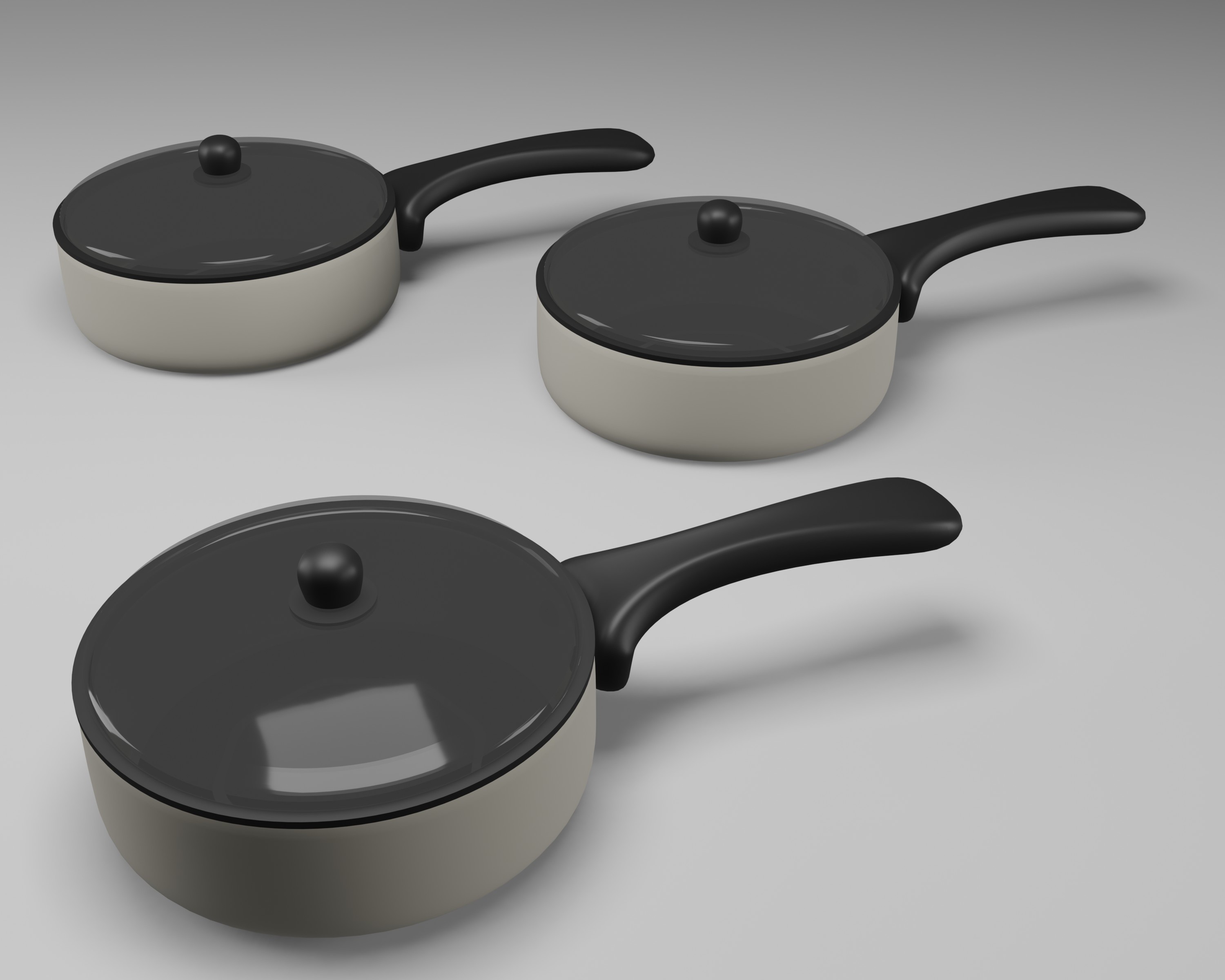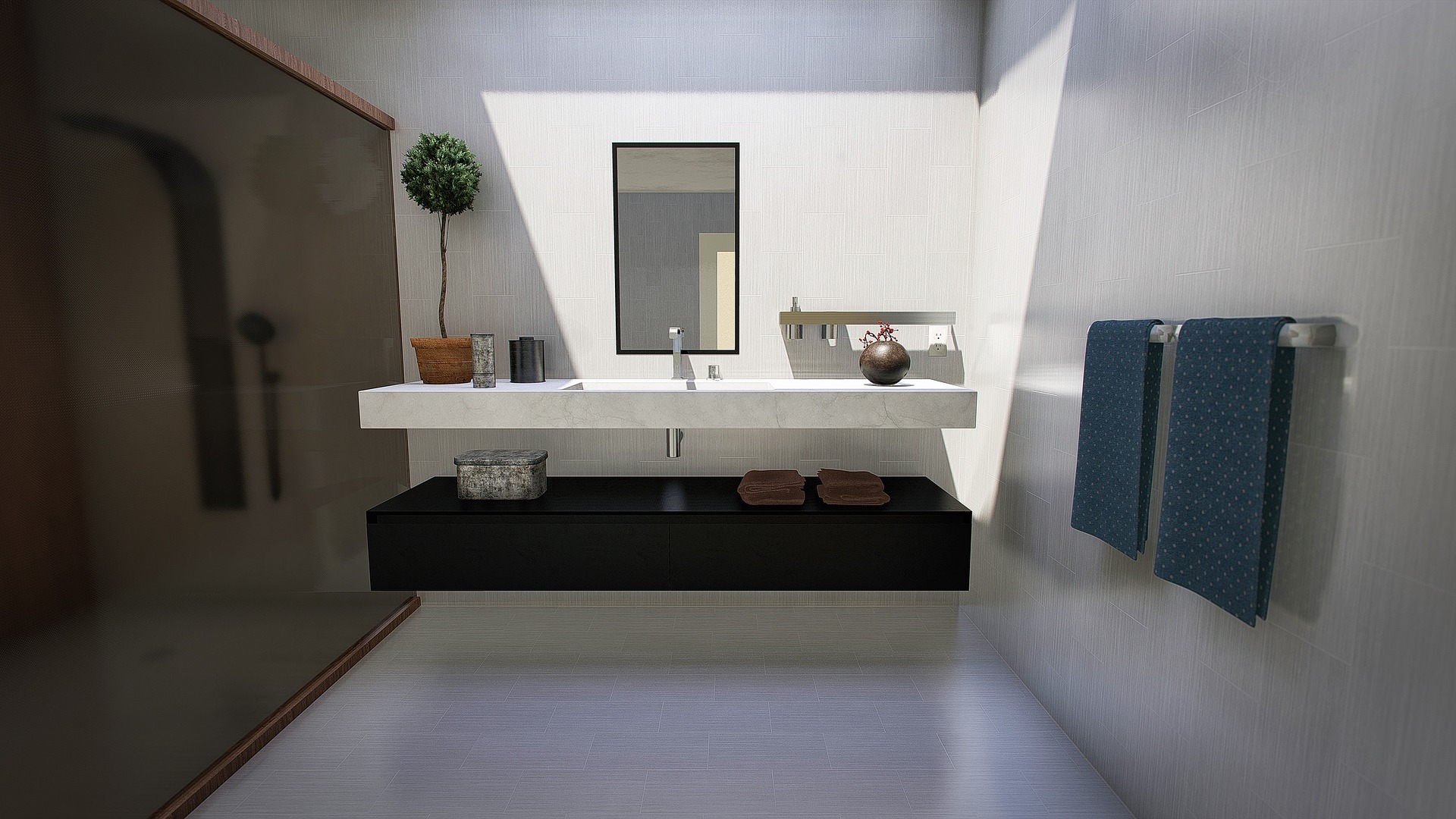
All About the Weather vane: The Perfect Addition to Your Garden
Are you looking for a way to add some character to your garden while also being practical? Look no further

Are you looking for a way to add some character to your garden while also being practical? Look no further

Looking to add a touch of natural beauty to your home without shelling out for wooden blinds? faux wood blinds

A lot of people love Tupperware lunch containers because they are very versatile. You can use them for hot or

Concrete soap dishes are an excellent addition to any home. They can be used for many different purposes, including setting

Kitchen appliances and products from German kitchen brands like Bosch, Miele, and Siemens are some of the most sought-after items

The cold weather will have many homes using stoves and fires to heat their rooms to a comfortable temperature. Which

A Swivel Towel Rail is very common at many facilities. It provides users with easy access to towels and clothes.

If you would like to shop online for cushions online Australia products, it is all about finding a high-quality store